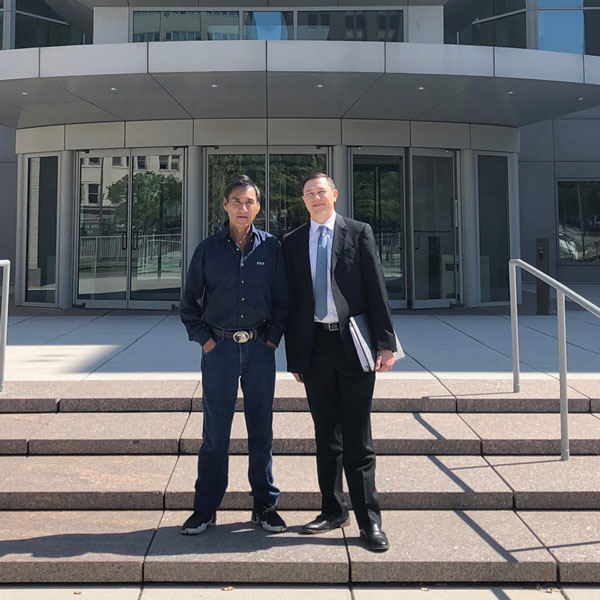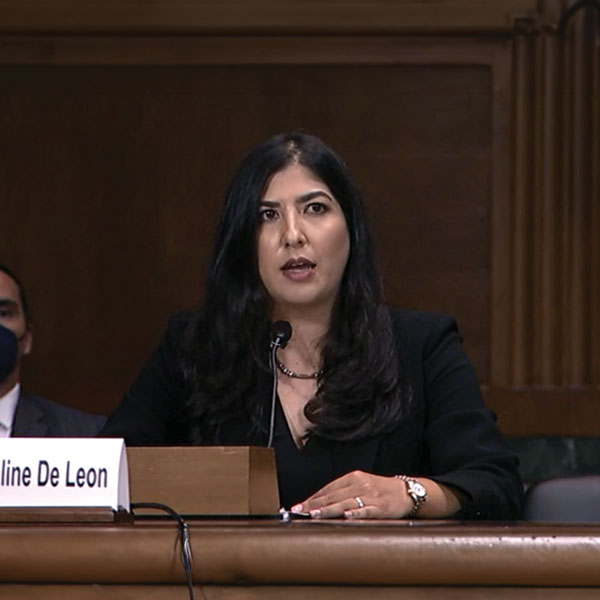The Native American Rights Fund is committed to fighting injustices faced by Native Americans trying to exercise their right to vote.
We need your help gearing up for this generational fight for justice. Over the year, we will release video updates explaining this fight. We will tell the stories of Native voters and tribal leaders across Indian Country.
Subscribe to get updates and voting rights news. Share our stories with your circles. And donate today to protect Native American democracy.












